Shure MV7 – Not a review
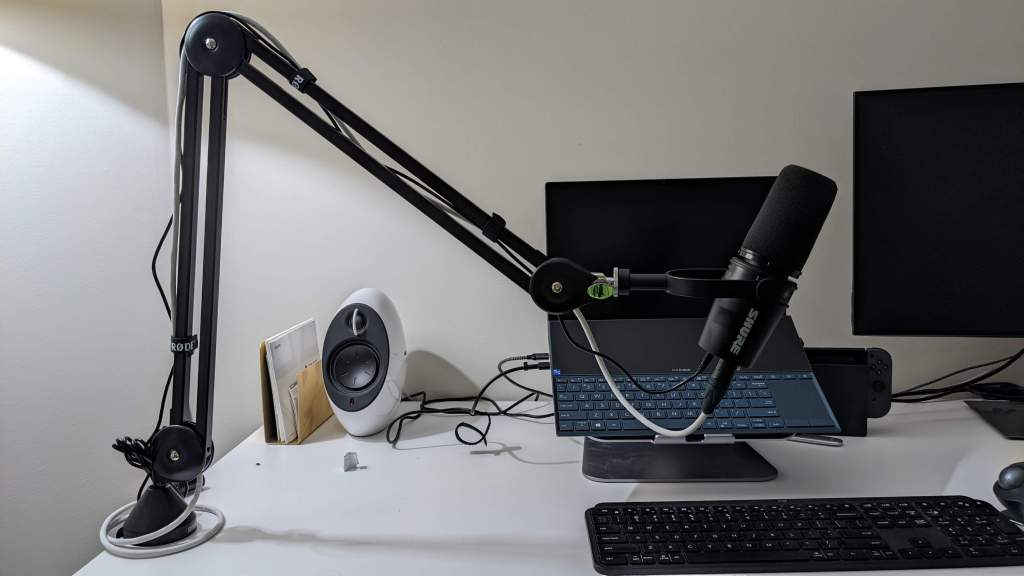
OK, Santa was good to me this year. I received a new boom arm and a new microphone. The boom arm is the Røde PSA+ and it is pretty sweet. The microphone though is what is really special. I;m not going to review it here because 1) I’m not a sound engineer and 2) there are literally tens of reviews out there for this product. I know tens doesn’t sound like a lot, but trust me – it is a bunch and it’ll give you a good idea if you want it for yourself. I’m here just to talk about the decision behind this mic.
What was I working with before?
Well let’s go waaaaaay back to the first episodes. Omar and I were huddled around a MacBook and were recording with its internal mic. It sounded like garbage.
Then I upgraded to a Blue Yeti. This is a USB microphone and it sounds pretty good.
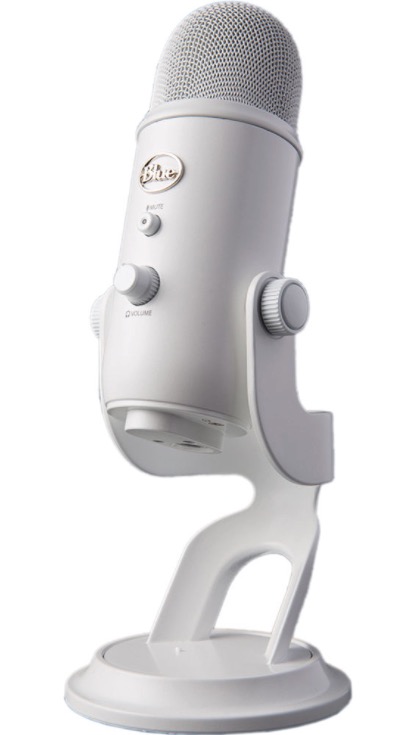
Yeah this thing was great! It was especially great for voice overs and it was OK for podcasting. My wife got it for me as a gift and it cost just over $100 USD. The problems with the Yeti is that it picks up everything (air conditioner, people talking nearby, etc.) Lots of background noise made it into our shows. It also has a desk stand which is super convenient, but again, when someone bumps the desk or table, you hear that pretty clearly. Another issue is that it is a USB mic, what this means is I could only plug it into a computer and you can really
Then I “upgraded” to the Behringer xm1800s. Sounds fancy? Not really. This microphone is only sold in a 3 pack and costs a whopping $39 USD for all three, the carrying case, and the mic holders. It’s something you may find in a shady karaoke bar.
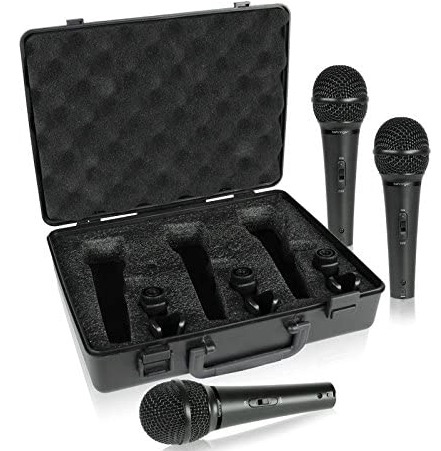
So why did I buy them? Well I had this bad boy and needed an XLR mic to plug it into.
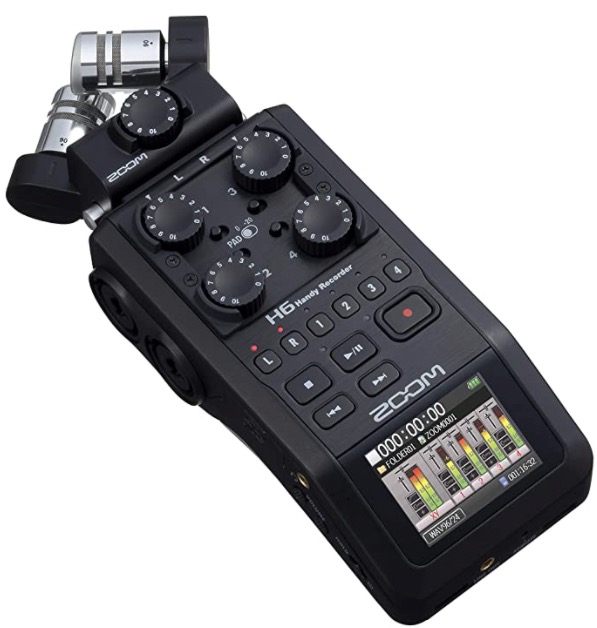
The Zoom H6 is a beast – I’ve raved about this thing here and there. This made podcasting remotely pretty easy – no need for a laptop and it was battery powered making it even more portable than ever before. Then I carry around those Behringers and picked up some cheap desktop mic stands and Bob’s your Uncle. I was set to go.
I used this set up for a good 6 years and it sounded way better than the Yeti. Here everyone had their own mic and everyone therefore sounded much better than crowding around a USB mic.
I finally replaced the Zoom H6 for the Zoom P4. It was cheaper, had soundpads and built in mix/minus which lets people on Zoom calls hear you and through your mic and your computer sounds as well. Overall it is better suited for what I wanted.
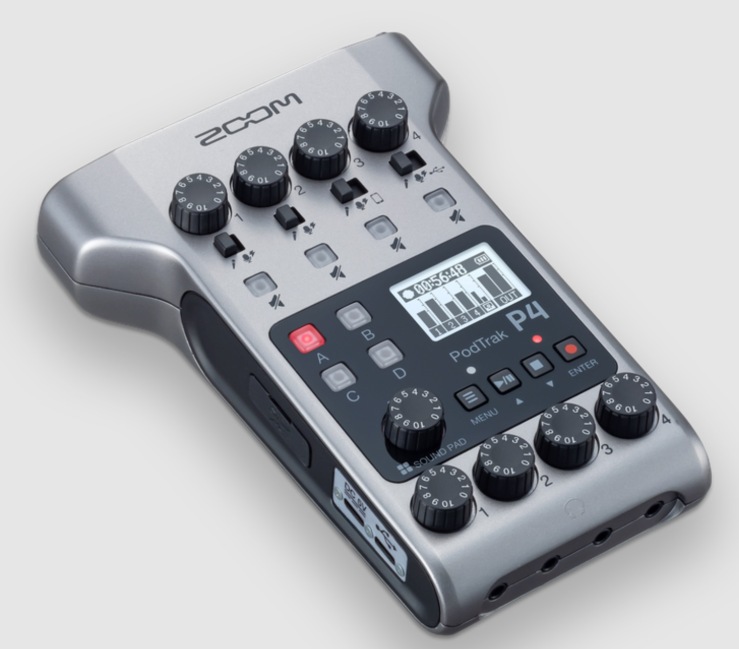
Shure MV7
So what does this bring to my set up that I didn’t have before? Well, this mic is both an XLR microphone and a USB microphone. That may not seem too special but it actually is pretty cool. When I podcast at home I use the Podtrak and plug it in via USB, but if I need to do a voiceover, I can toss this thing in my bag and use any computer I want. My iMac at school a spare laptop, it doesn’t matter.
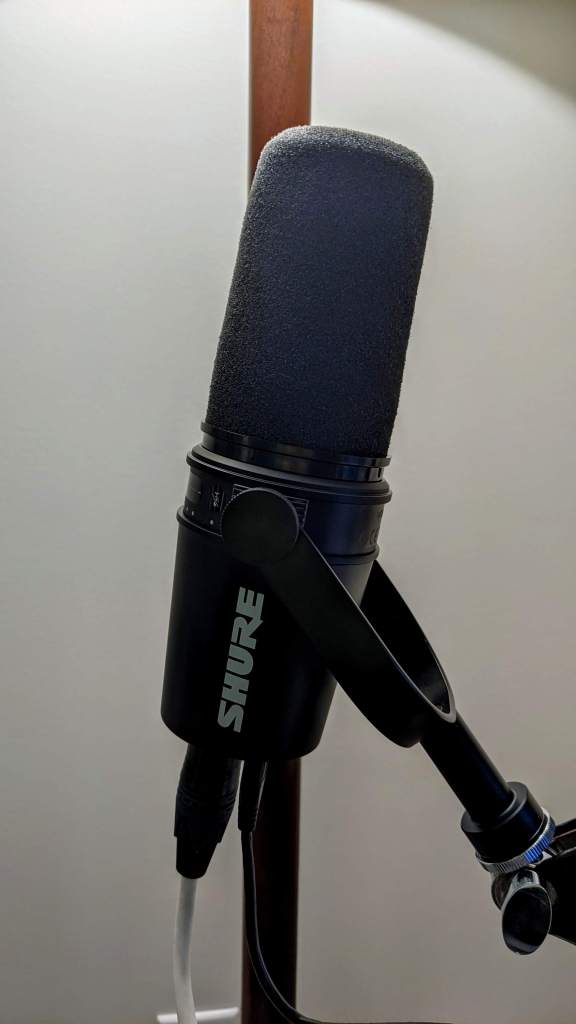
I like the ability to be able to switch easily between XLR and USB. This allows me to work pretty much anywhere. Even when at home, if I need to do a voice over for a tutorial, all I have to do is plug the Shure into my computer and I’m off and recording. No need for a mixer, audio interface (which the Podtrak can totally do by the way) or any other go between like I needed with my Behringers. I just plug and go – its great!
Ami I set?
Yeah, probably. I still have the Behringers in case of in person group recordings or if students at my school need them, the Podtrak is great and I love the new mic and boom arm. I really can’t think of what to upgrade now. The mic stand, microphone and Podtrak are all built supremely well so they should last for a while. I think I am good to go for the next 7-10 years.
Source: IT Babble Blog and Podcast
You must be logged in to post a comment.